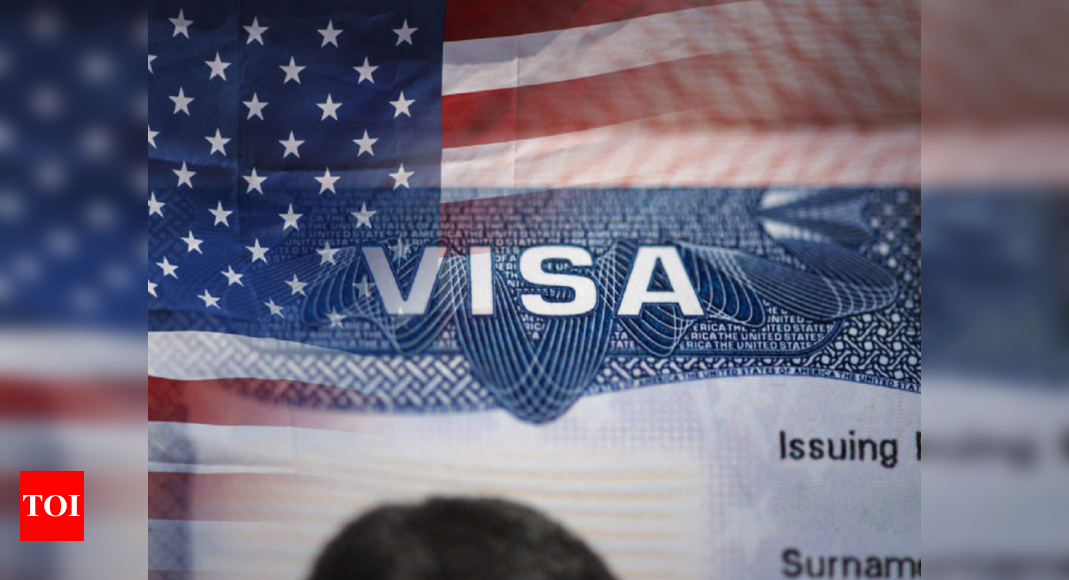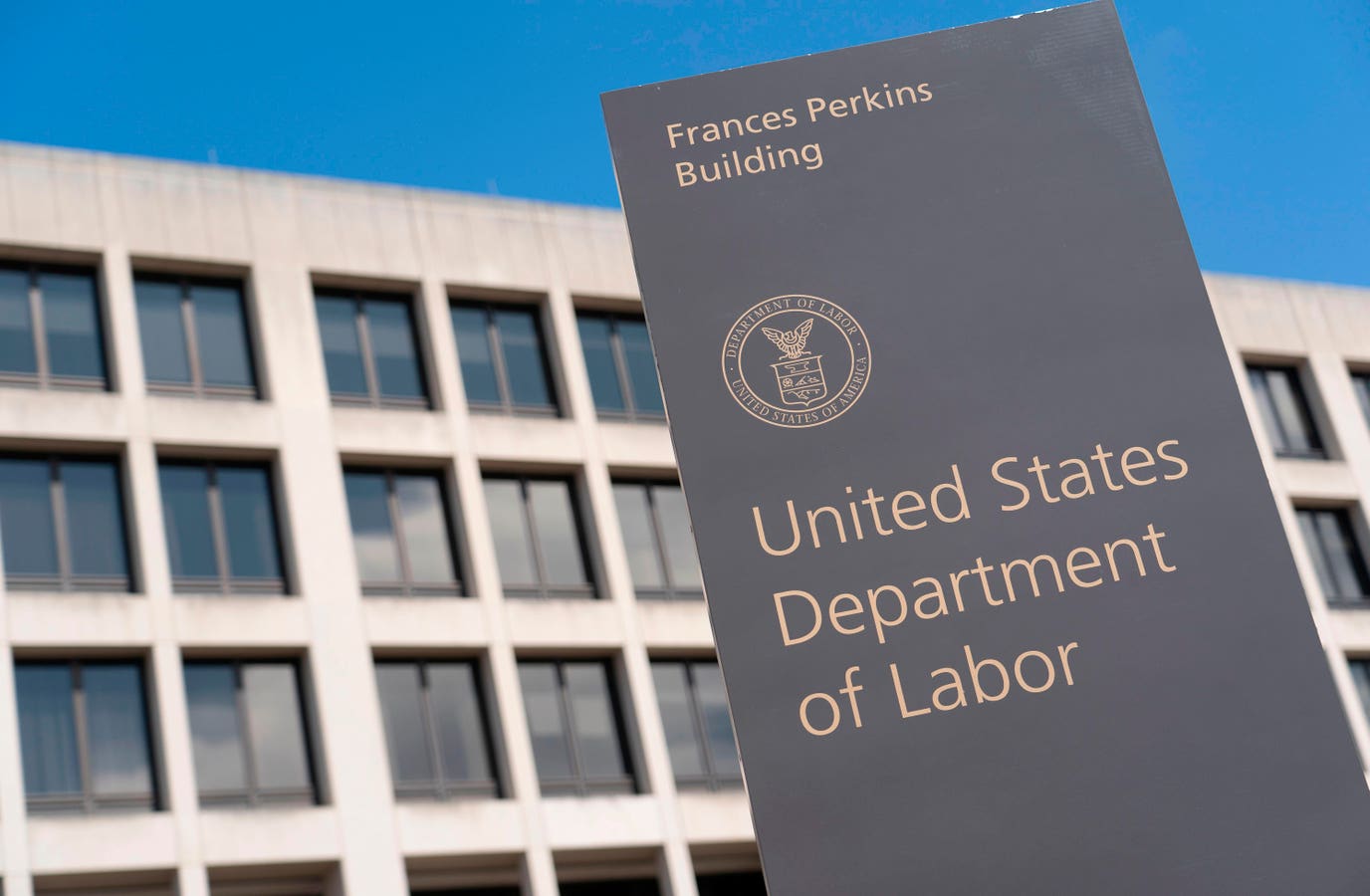IN general, this is a nothingburger. The people who wrote that article don't understand how Prevailing Wage Determinations (PWD) are done.
For anyone new to the H visa requirements, when hiring a foreign employee into a highly paid field (which all H visas are), you must guarantee that the employee will get a good wage. You can't just hire foreigners and underpay them, pushing US citizens out of jobs.
To do this, you're required to calculate a PWD for the position. Then, you determine how trained the person is on a four point scale, from "entry level" to "fully trained and independent". This then sets the minimum wage. Employers can pay more, and often do.
Everyone would agree that interns are "level 1 / entry level". In the current rule, Level 1 minimum is the 17th percentile, and in this new rule it would be raised to the 35th percentile. (it is unclear to me if they really mean "percentile", or 17 / 35% of the average)
First of all, this was a Trump admin request. It's not clear that the Biden admin is interested in pursuing it further. So it may just be dead in the water.
But even if it moves forward, the article assumes that the base salary used would be for "physicians" which is $210K. The article says that "residents must be paid $210K". If that was true, then that would be the end of H visas for residents.
But it's not true. When we do a PWD for residents, we just use the AAMC survey. This compares resident salaries in our geographc region. The DoL accepts these surveys. Since IMG's get paid exactly the same as everyone else, it's not a problem at all -- even if this change went into effect.
The one place this might be a problem is after you finish residency and want a job on an H. Now, your salary needs to be comparable to other physicians in the area, and you'd be at the highest level so would need to be greater than the 90th percentile (or 90% of the average). That might be a problem for some fields, especially in an academic practice. Since academic docs often make less than the average, it's possible that you could run into the H wage floor. But it's also likely that the PWD could be calculated off of an academic survey like MGMA.



 www.forbes.com
www.forbes.com